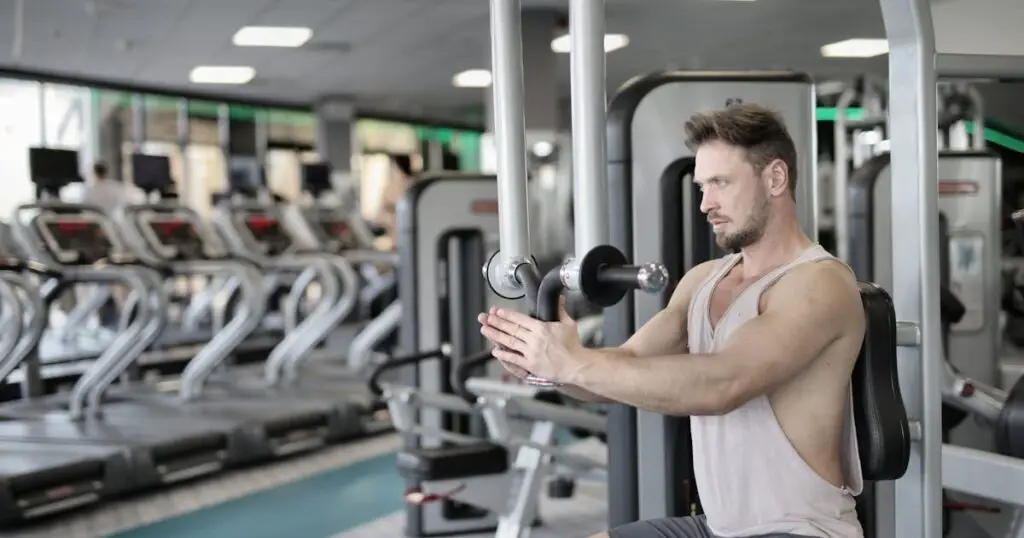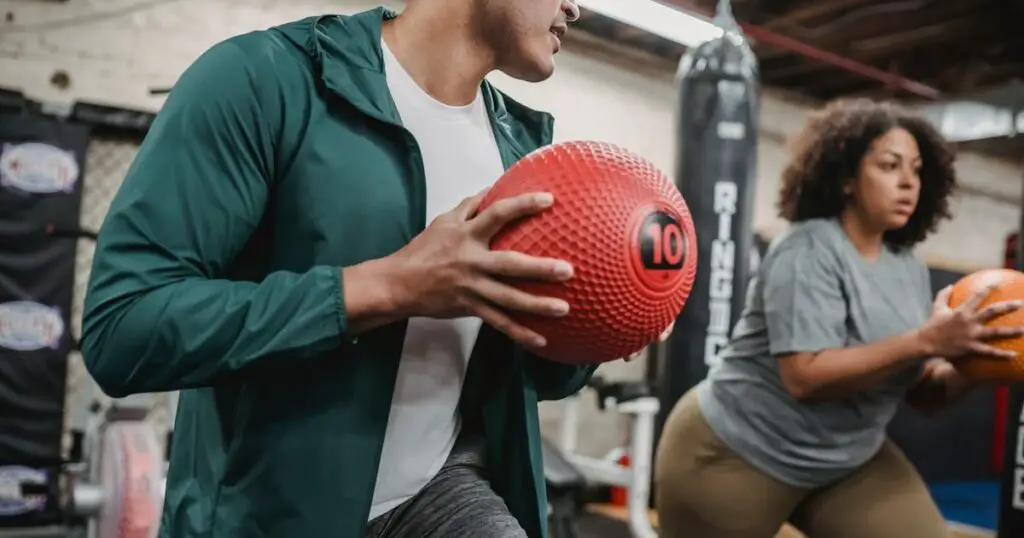Key takeaway: Incorporating functional core strengthening exercises into your routine is key to enhancing overall health, improving posture, and boosting physical performance. They serve as the foundation for a vigorous lifestyle, fostering a sense of community and well-being among like-minded individuals.

Welcome to our community of local residents, cultural enthusiasts, lifestyle and wellness advocates, and anyone seeking to improve their overall health and well-being! In this article, we will delve into the world of functional core strengthening exercises – what they are, how they benefit us, and how we can incorporate them into our daily lives.
Benefits of Functional Core Exercises
We all know the importance of having a strong core – after all, it is the foundation of our body’s movement and stability. But how does functional core strengthening differ from traditional core exercises?
Simply put, functional core exercises focus on improving our ability to perform everyday tasks, such as lifting objects, bending down, and reaching for things. This helps us not only in our daily lives but also in sports and other physical activities.
Functional core exercises are also more dynamic in nature, engaging multiple muscle groups at the same time.
This results in a more efficient and effective workout, targeting not just our abs but also our back, hips, and glutes. Additionally, these exercises can help improve our posture, reduce lower back pain, and prevent injuries – making them beneficial for people of all ages and fitness levels.
Functional Core Strengthening Exercises
Now that we know the benefits of functional core exercises, let’s take a look at some examples. These exercises can be done with little to no equipment and can easily be modified to suit your fitness level. Some popular functional core exercises include:

- Plank: This classic exercise targets not only our abs but also our back, shoulders, and arms. To perform a plank, start in a push-up position with your hands directly under your shoulders and your body in a straight line. Hold for 30 seconds to a minute and repeat.
- Squats: While primarily known as a leg exercise, squats also engage our core muscles. To perform a squat, stand with your feet shoulder-width apart and slowly lower down as if you are sitting back into an imaginary chair. Keep your chest up and your core engaged throughout the movement.
- Bird Dog: This exercise targets our deep core stabilizing muscles while also improving balance and coordination. Begin on all fours with your hands directly under your shoulders and your knees directly under your hips. Slowly extend one arm and the opposite leg, maintaining a straight line from your hand to your foot. Hold for a few seconds, return to the starting position, and repeat on the other side.
These are just a few examples of functional core exercises, but there are many more to choose from depending on your fitness level and preferences. As a rule of thumb, aim to incorporate at least 2-3 functional core exercises into your workout routine every week.
How Do You Build Functional Core Strength?
Now that we know which exercises target our core muscles, let’s talk about how to build functional core strength. The first step is to understand the anatomy of our core – it is not just our abs, but also includes our back muscles, glutes, and hips. Building strength in all of these areas is crucial for a strong and functional core.
In addition to exercise, proper nutrition and rest are essential for building functional core strength. Our core muscles require nutrients to grow and repair themselves, so make sure to fuel your body with a balanced diet rich in protein, healthy fats, and complex carbohydrates.
And don’t forget to give your body time to rest and recover – this is when our muscles actually grow and become stronger.
Anatomy of the Core
To better understand how to train our core for functional strength, let’s take a closer look at its anatomy. Our core muscles can be divided into two categories: superficial and deep muscles.
Superficial muscles, also known as the outer core, include our rectus abdominis (six-pack muscles), external obliques (side abs), and erector spine (back extensor muscles). These muscles are responsible for movement and stability in our trunk.

Deep muscles, or inner core, are located beneath the superficial muscles and include our transverse abdominis, multifidus, and pelvic floor muscles. These muscles are responsible for stabilizing our spine and pelvis during movement.
Training both the superficial and deep core muscles is essential for building functional strength – this means incorporating a variety of exercises that target all areas of our core.
Training Your Core: Function Over Form
When it comes to training our core, it’s important to remember that function should always take precedence over form. This means focusing on exercises and movements that mimic the actions we perform in our daily lives, rather than just trying to achieve the perfect six-pack abs.
Additionally, it’s important to listen to your body and make modifications as needed – everyone’s fitness level and capabilities are different, so don’t push yourself beyond your limits. As long as you are engaging your core muscles and feeling the burn, you are on the right track.
Frequently Asked Questions
In this section, we will be delving into some of the most common inquiries and curiosities that surround our topic.
How often should I do functional core exercises?
For best results, try to incorporate functional core exercises into your routine 2-3 times a week. This allows your muscles time to recover and grow stronger.
Can functional core exercises help with back pain?
Absolutely! Many functional core exercises strengthen the muscles that support your spine, which can lead to reduced back pain.
Do I need any special equipment for these exercises?
No, one of the great things about functional core exercises is that they can be done with minimal or no equipment at all. Bodyweight exercises are incredibly effective at building core strength.
How do I know if I’m doing these exercises correctly?
It’s important to focus on form to prevent injury and ensure you’re getting the most out of the exercises. If you’re unsure, consider seeking advice from a fitness professional or checking out instructional videos from reputable sources.
Conclusion: Functional Core Strengthening Exercises
Incorporating functional core strengthening exercises into our daily routine is a great way to improve our overall health and wellness. By targeting multiple muscle groups at once, these exercises help us become stronger, more efficient, and less prone to injuries.
Just remember to always prioritize function over form, listen to your body, and enjoy the process of building a strong and functional core. Here’s to a healthier, more active life ahead! So why not give functional core exercises a try and see the benefits for yourself? Start incorporating them into your workout routine today and feel the difference in your daily movements.



Leave a Comment
You must be logged in to post a comment.